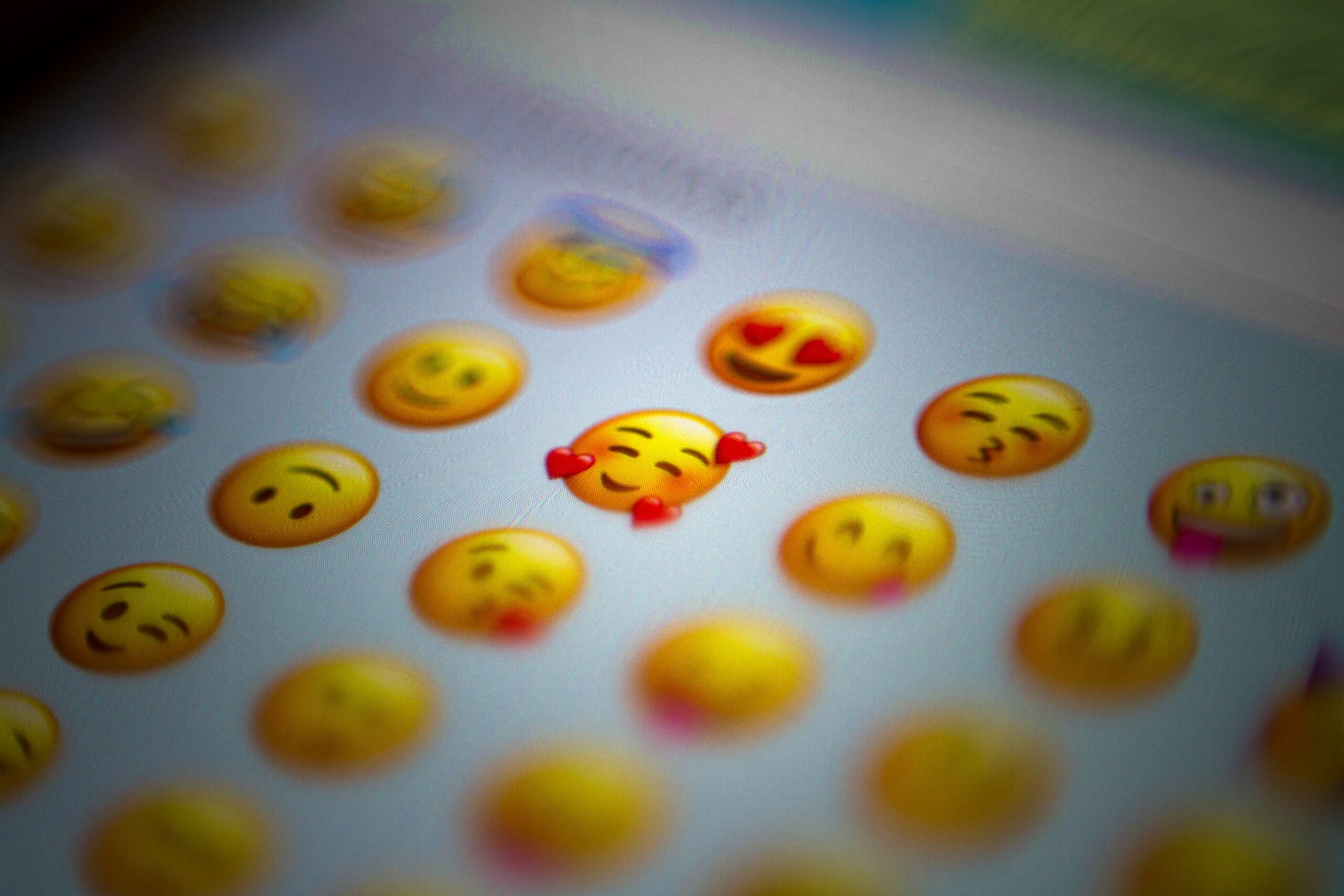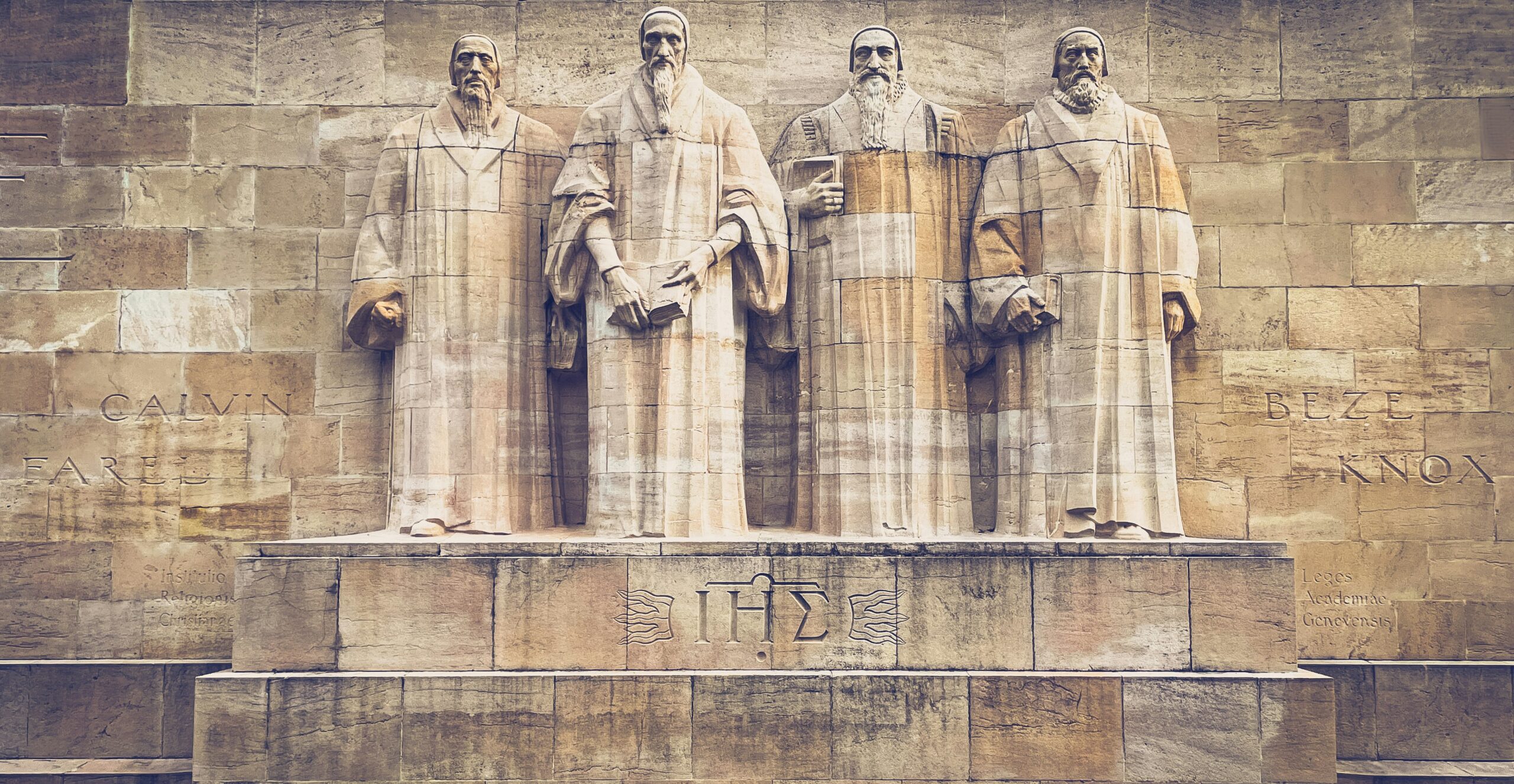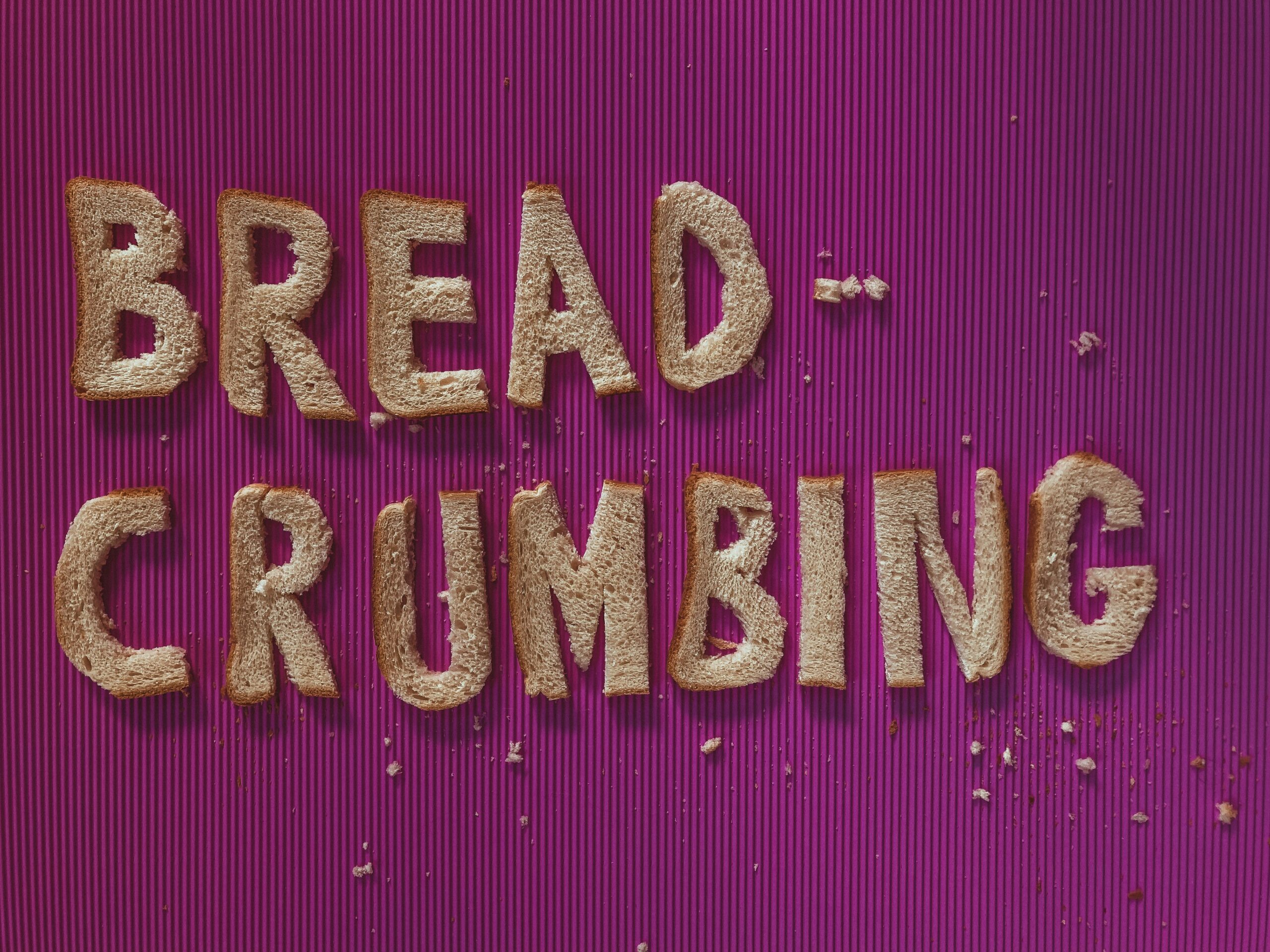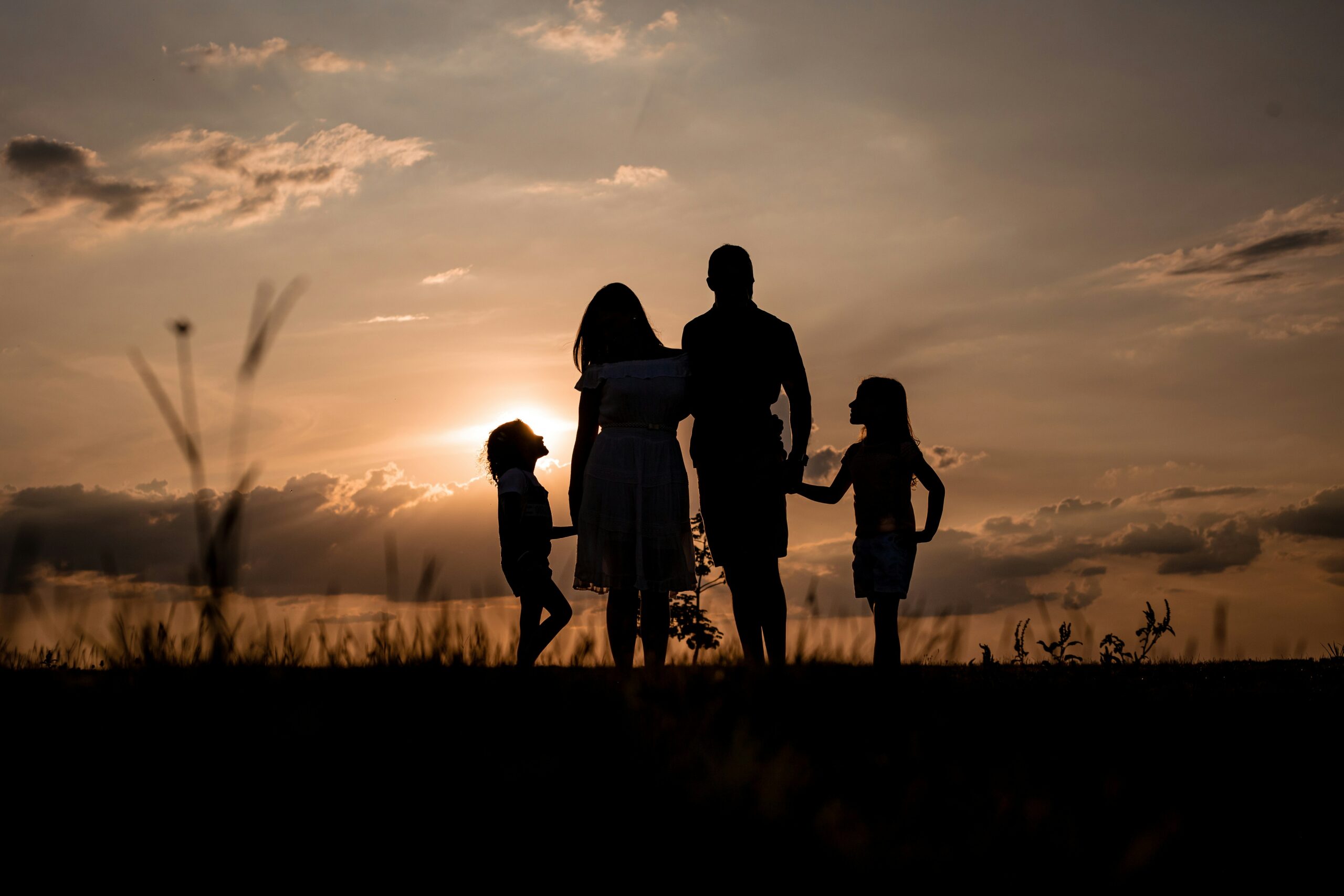Memes, emojis, and hashtags are no longer just digital decorations. They’ve become essential tools for expressing identity, emotions, and belonging in today’s networked society. These symbols and formats form a new grammar—one that’s visual, participatory, and constantly evolving.
Using a laughing emoji instead of typing “that’s funny” or reposting a trending meme often feels like second nature. However, behind these simple acts lies a complex system of social cues, expectations, and rituals that govern online behavior.
Sociologists have begun to study how these digital practices mirror traditional rituals. They offer structure, predictability, and community in the often chaotic landscape of the internet.
What Makes a Ritual “Digital”?
A ritual doesn’t need to involve religion or ceremony. In sociology, rituals are repeated actions with symbolic meaning that reinforce group norms. Digital rituals function similarly, only they unfold on platforms like Instagram, Twitter, or TikTok.
Some examples include:
- “Happy Birthday” wall posts on Facebook
- Using 🧿 for protection or ✨ for emphasis
- Reposting #throwbackthursday photos
- Participating in TikTok challenges or Instagram trends
Each of these actions signals group membership and cultural fluency. Skipping them can feel like breaking an unspoken rule.
Memes as Shared Symbols
Memes, much like folk tales or urban legends, evolve as they’re shared. Each iteration adds a layer of meaning. A meme can serve as a form of protest, inside joke, or cultural critique.
Consider the “Distracted Boyfriend” meme. Its original context has morphed into a flexible visual metaphor for shifting preferences, disloyalty, or even political shifts. The shared understanding of how to “read” the meme creates a sense of community among those who recognize it.
Memes function as modern-day folklore—evolving through collective authorship and shaped by current events. They allow people to express commentary, sarcasm, and solidarity through humor and remix culture.
Emojis: Emotional Punctuation
Emojis act like emotional punctuation. A sentence with a heart emoji carries a different tone than the same sentence with a skull or a flame. They add nuance, sarcasm, or enthusiasm where text alone might fall flat.
More importantly, emoji use is often contextual and culturally specific. For instance:
- The 🧠 emoji might refer to intelligence or, in Gen Z slang, emotional depth.
- The 🐍 emoji can symbolize betrayal (especially post-celebrity scandal).
- The 🙏 emoji is used both for prayer and gratitude, depending on region and platform.
These evolving meanings create a shared semiotic landscape. Not knowing the latest emoji connotation may leave someone “out of the loop”—a form of digital exclusion.
Hashtags as Social Anchors
Hashtags go beyond categorization; they are instruments of visibility, identity, and activism.
Using #BlackLivesMatter or #MeToo isn’t just about discoverability—it’s a digital performance of values and solidarity. These hashtags become rallying points for movements, allowing individuals to find like-minded users, express support, or share testimony.
Hashtags also generate rituals. Weekly trends like:
- #MondayMotivation
- #FollowFriday
- #BookTok
create recurring spaces for participation and recognition. They organize time in the digital world much like calendars organize rituals in real life.
The Pressure to Perform Online
With digital rituals come expectations. The pressure to “like back,” to comment on friends’ milestones, or to keep up with meme trends can cause fatigue.
Sociologists refer to this as “performance of the self“, a constant management of online identity. Unlike offline rituals, which may have a clear beginning and end, digital rituals often demand 24/7 availability.
This constant engagement may lead to anxiety, social comparison, or even digital burnout, especially among younger generations who grow up immersed in these norms.
Algorithmic Rituals and Platform Influence
Algorithms shape which rituals become visible or viral. Platforms prioritize content that aligns with their business models—typically the emotional, sensational, or humorous. As a result, certain memes or hashtags rise to prominence not just because they resonate, but because the algorithm amplifies them.
This raises critical questions:
- Are our rituals organic, or manufactured by tech giants?
- Do we choose what we participate in, or are we nudged toward certain behaviors?
The line between spontaneous community action and engineered engagement is becoming increasingly blurred.
Ritual in the Digital Age
Scholars like Sherry Turkle and danah boyd argue that digital spaces aren’t “less real” than offline ones—they are extensions of our social reality. That means the rituals we perform online deserve the same sociological attention as weddings, handshakes, or funerals.
Understanding digital rituals can help us:
- Decode new forms of social control
- Recognize emerging forms of belonging and exclusion
- Reflect on how we construct identity and meaning in hyper-connected spaces
Where Do We Go From Here?
Digital rituals are now deeply embedded in how we communicate, celebrate, protest, and relate. They carry both opportunity and risk—fostering connection while also pressuring us to perform.
Recognizing the ritualistic nature of memes, emojis, and hashtags encourages a more mindful approach to digital life. It asks us to think: What are we really saying when we post that meme? Whose values are we reinforcing with this hashtag? Are we connecting—or simply performing?
As we continue shaping and being shaped by online culture, one thing remains clear: even in virtual spaces, human beings will always create rituals to find meaning, identity, and belonging.
📚 Suggested Academic Source
🔗 Related Post





Bir yanıt yazın